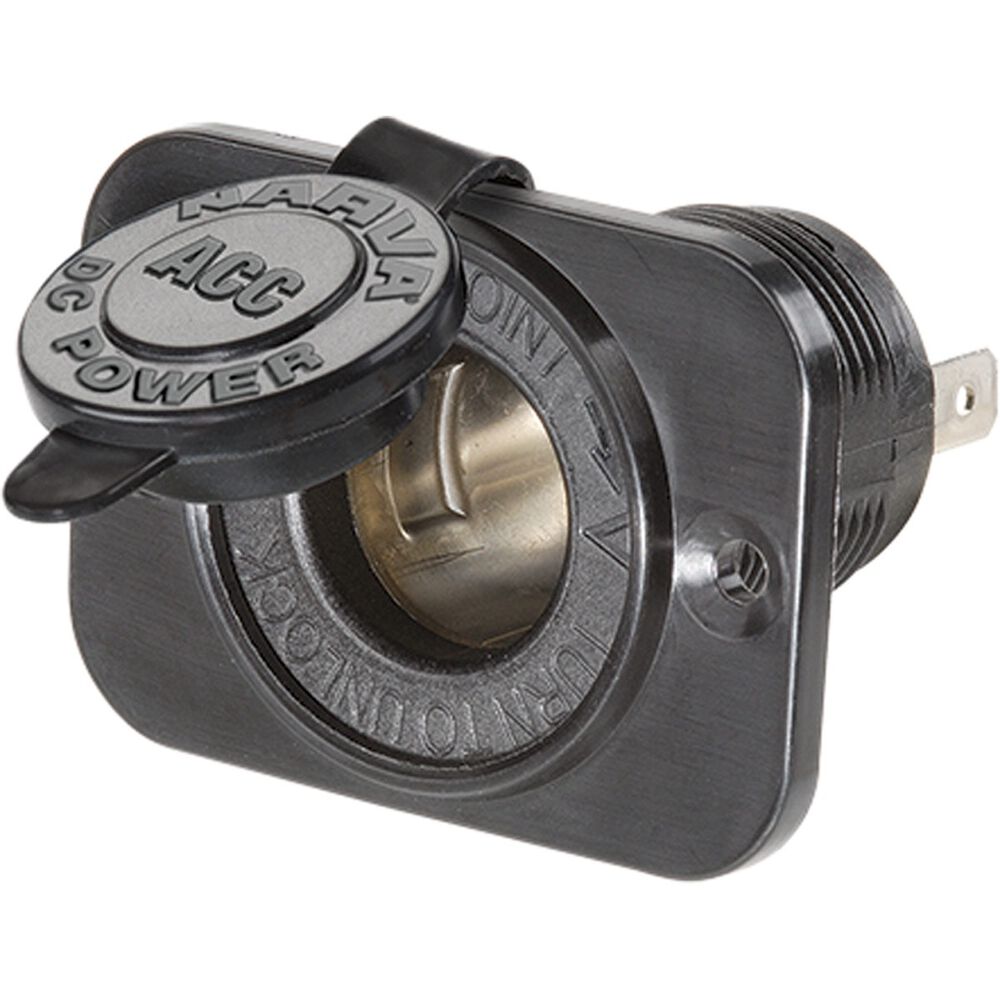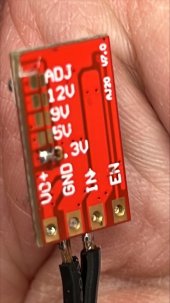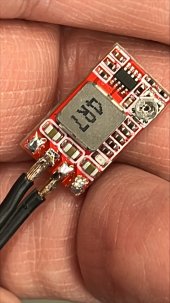metalheaddoc
New Member
I am trying to figure out how to run small devices on DC off of a 12v battery instead of going through an inverter and AC plug that will convert back to DC anyways. I am talking about things like WiFi routers (Google Nest) or a network splitter box or my Google Fiber fiber jack. Often times, the manuals don't include information about the specific DC connector or the voltage needed to power the device. How does someone go about figuring out these specifications and how to power these off a 12v system?







